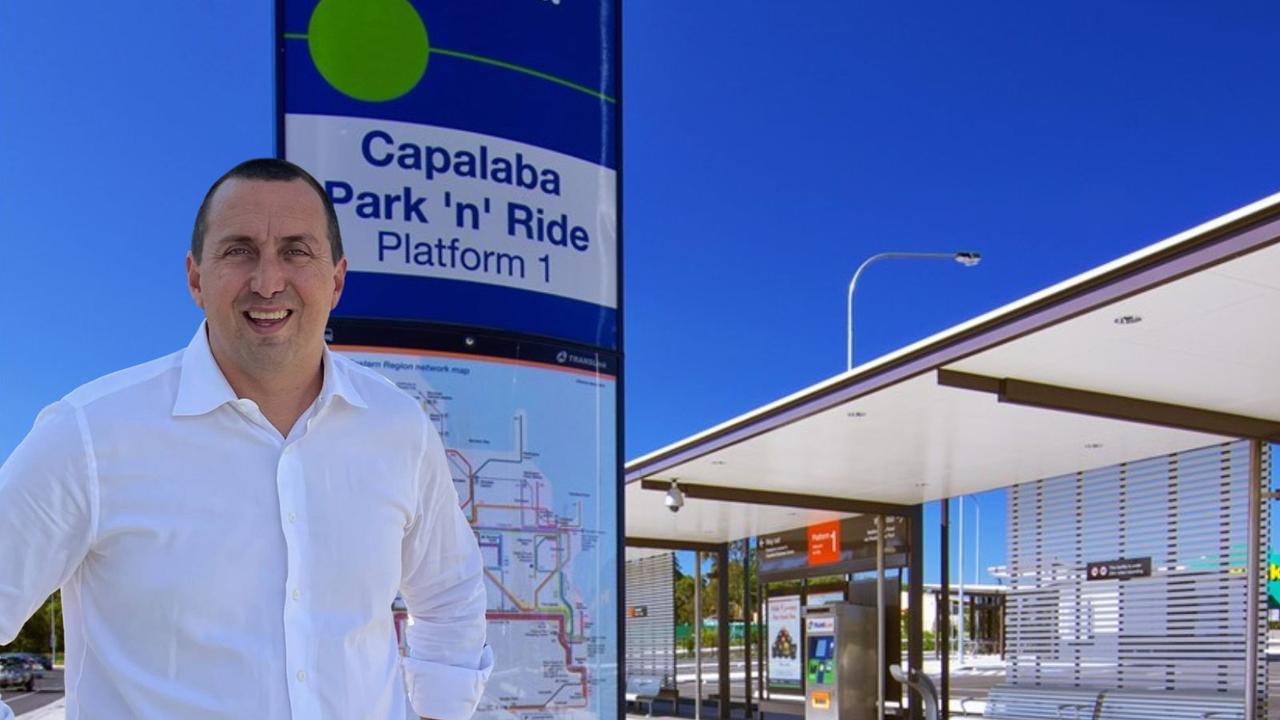Report reveals details behind fatal Caboolture Airfield plane crash
A report from the Australian Transport Safety Bureau has outlined the sequence of events leading up to a fatal plane crash at Caboolture Airfield, which killed a Brisbane couple.
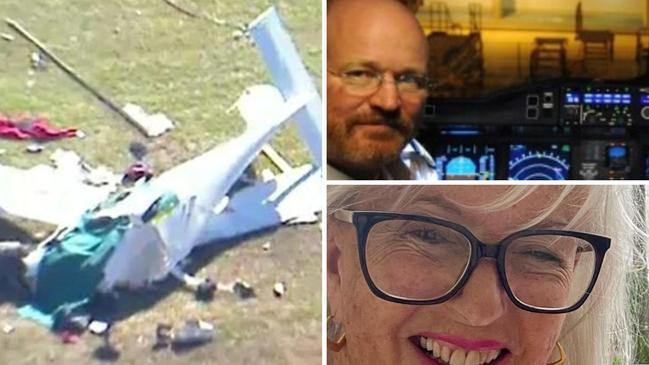
Moreton
Don't miss out on the headlines from Moreton. Followed categories will be added to My News.
A preliminary report from Australia’s national transport safety investigator has detailed the sequence of events leading up to a fatal plane crash at Caboolture Airfield, which killed a beloved Brisbane couple.
Commercial pilot David Maddern, who had more than 25 years experience, and his retired yoga teacher and author wife Jan died when two small planes collided at the airfield on July 28.
The report detailed that during the tragedy, which was described as similar to January’s Sea World helicopter disaster that killed four people, Mr Maddern was taking off from one runway in his Jabiru J430 when it collided with a Piper PA-25, initially believed to be landing on a crossing runway.
But just more than a month since the incident, the Australian Transport Safety Bureau has released a preliminary report from the ongoing investigation into the mid-air collision.
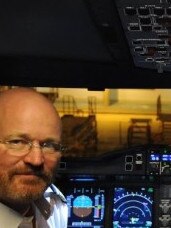

The ATSB clearly outlines the report “does not contain findings but outlines the accident’s sequence of events”.
They said a Piper PA-25 was returning to land from the west on Caboolture’s runway 06, while a Jabiru J430 light aircraft, with a pilot and passenger on board, was preparing to take off to the south-east from the intersecting runway 11.
The report revealed several witnesses monitoring the common traffic advisory frequency (radio) recounted hearing the Piper pilot broadcast they were “commencing a final approach to runway 06” and also indicating they would not cross the intersection of runways 11/29.
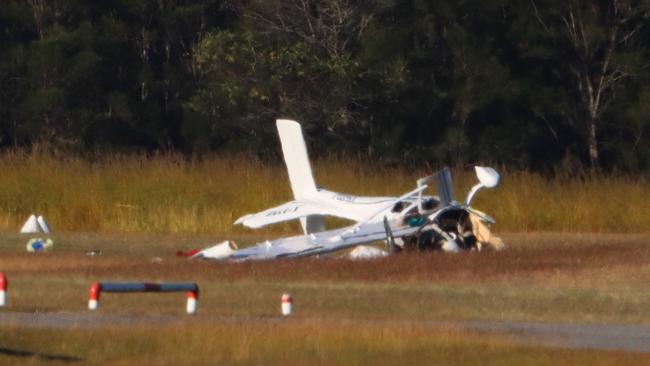
But the pilot of a third aircraft, a Cessna 172, reported having turned down the aircraft radio volume to conduct engine run-ups and as a result, did not hear any transmissions from the pilot of the Piper PA-25, and was not aware of the aircraft approaching on runway 06.
The report then says the Cessna taxied across runway 06 ahead of the Piper whose pilot initiated a “go-around” and broadcasted the intention to do so, according to witnesses.
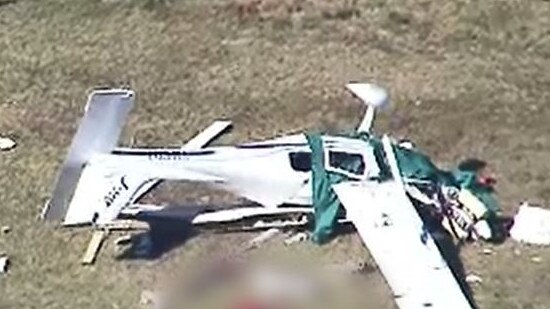
But as the Piper started climbing, the Jabiru lifted off from the intersecting runway 11 and five to 10 seconds later, while both aircraft were climbing on crossing tracks, the pilot of the Jabiru started to make a left turn.
The report says the left turn was likely made in an attempt to avoid a collision but the two aircraft collided above runway 06 at between 200 to 300 feet in the air.
The report then says the Piper PA-25 remained flyable and landed soon afterwards, while the Jabiru J430 collided with the ground near the end of runway 06 and both occupants were fatally injured.
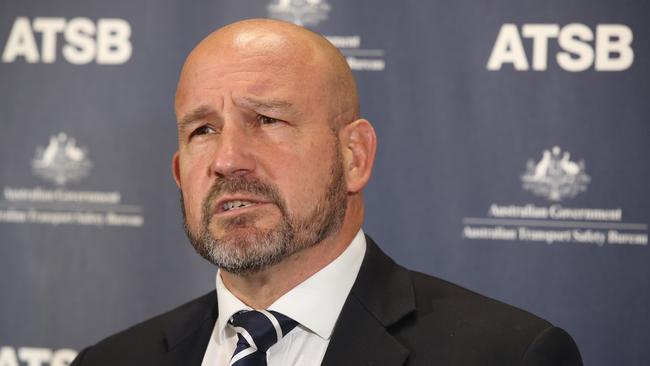
ATSB chief commissioner Angus Mitchell said, in the report, investigators were able to build an understanding of this “tragic accident’s sequence of events” thanks to CCTV footage, some recorded radio calls, witness accounts, and an examination of the accident site.
“However, I would caution against making any assumptions as to the contributing factors to this accident, and I would note that aviation systems have multiple layers of defence in place to prevent accidents,” he said.
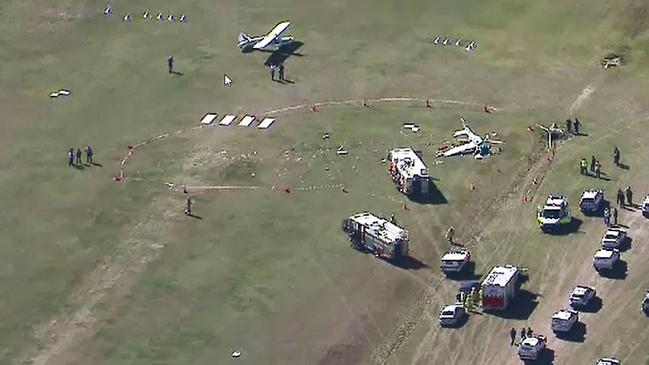
“Not all radio calls at Caboolture were recorded and our analysis of witnesses recollections of radio calls is continuing, so we are still building our understanding of the nature of the calls made, and giving consideration to a range of other potential factors.”
After Mr Mitchell’s comments, the report goes on to say “investigators will continue their analysis of aircraft flight paths, with particular attention given to potential visibility restrictions – trees between the intersecting runways partially obscure visibility”.
“They will also further review aircraft, pilot, aerodrome and operator documentation, analyse procedures at non-controlled aerodromes with intersecting runways, and further examine of aircraft components and other items recovered from the accident site, including two data recording devices from the Jabiru.”
A final report, which will include analysis and detail the ATSB’s findings, will be released at the end of the investigation.
But Mr Mitchell said should a critical safety issue be identified during the course of the investigation, the ATSB will immediately notify relevant parties so appropriate and timely safety action can be taken.





